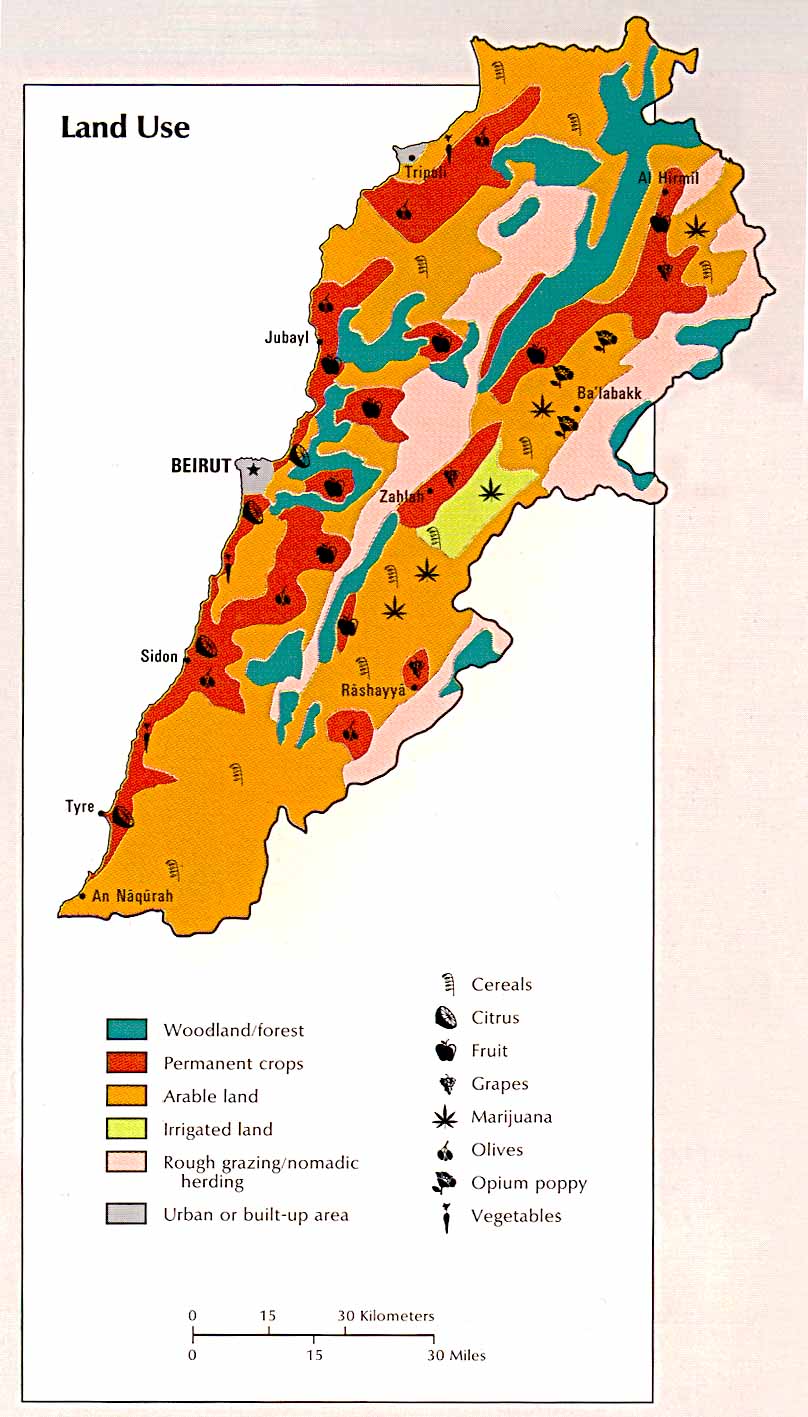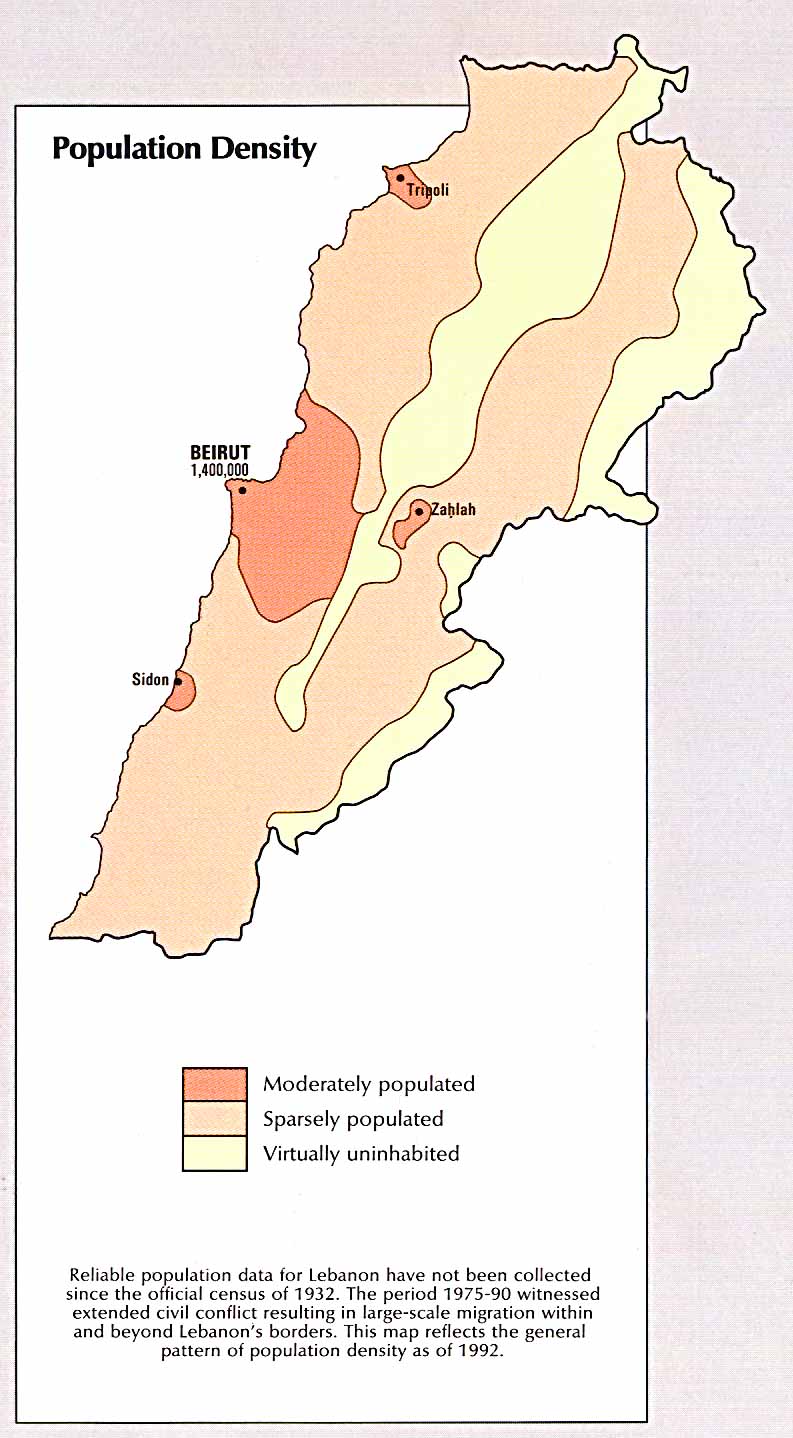 |
| Reference |
 |
| Thematic |
Within the context of the two maps I have presented, The Station Fire
seems to burn so widely and for so long. Indeed,
this fire was one of the largest fires in modern times (dailynews.com,
11-24-09) for Los Angeles County and carved out a significant amount of
the heart of the county. On August 26, 2009, a fire began in southern California near Highway 2,
north of La Canada-Flintridge. It spread through the Angeles National
Forest, threatening many homes in the surrounding cities. Five days
after it began, the Station Fire was only 5% contained.
In the first map titled, Elevation in Angeles National Forest and Station Fire, I used the Station Fire perimeter provided by the Los Angeles County website. The website was very helpful since it provided me with how fast the fire spread and the areas it covered with the legend providing the date and hour. It also provided me the location of the Angeles National Forest in regards to the Santa Monica Mountains. I also used Arc Toolbox in order to create hillshade which is also elevation. I was able to create the hillshade with the DEM that was given for the lab. I was lucky in that the shapefile that I found used the same, common datum, of GCS North American 1984. The map is a reference map and shows that the Station Fire took place in the Angeles National Forest which found in higher elevations and the forest is made up of mountains. Also the map shows that the fire burned a large area over just a few days and it took time to contain the massive fire.
In the second map titled, Station Fire and Airport Locations, I used the Station Fire perimeter provided by the Los Angeles County website. The website was very helpful since it provided me the areas the fire covered and the location of the Angeles National Forest. I also used the UCLA's Spatial Data Repository which provided me with several options and that is where is got the airport location shapefile. Fortunately, the shapefiles that I found used the same datum as mentioned above. I was also able to get an understanding of the location of the Station Fire in regards to how close it is to surrounding cities. I also measured the distance of the surrounding airports in order to know how fire fighting water planes travel with the measuring tool found in the toolbar. The distance from Whiteman Airport to the fire was 15.1 miles, the distance from Van Nuys Airport was 19.86 miles, the distance from Burbank Airport was 14 miles, the distance from El Monte Airport was 19.1 miles, the distance from Brackett Field Airport was 27.35, and finally the distance from LAX was 36.43. The map is a thematic map and shows that the closest airports to the fire are Whiteman Airport, Van Nuys Airport, and Burbank Airport. It would be easier for fire fighters to use the closer airports in order to refuel and get to the fire in a shorter time. The legend also shows the airports as red polygons as well as the the date and hour of the fire.
The Station Fire of 2009 was a very large fire that impacted many cities and therefore people. It burned a huge area of land. The tool of GIS is so helpful in situations such as natural disaster because they can be used to outline the affected areas and studied to see the impacts that the fire will have on surrounding areas. It is important information to know what cities, roads and hospitals will be affected, which is why I thought that would be important to display these landmarks on my map.
Bibliography
“Station Fire report: Don’t take weapons out of the arsenal – LA Daily News.” Home – LA Daily News. 24 Nov. 2009. Web. 8 December 2012. <http://www.dailynews.com/opinions/ci_13859790>.
"Large Fires Natural and Inevitable in Southern California." The California Chaparral Institute. N.p., 4 Sept. 2009. Web. 8 December 2012.
"All Station Fire Perimeters." Los Angeles County Enterprise GIS. WordPress & Atahualpa, 2011. Web. 30 November 2012. <http://egis3.lacounty.gov/eGIS/?p=1055>.
"UCLA's Spatial Data Repository." Map Share. University of California Los Angeles, 18 Feb. 2009. Web. 26 May 2011. <http://gis.ats.ucla.edu/Mapshare/>.
“Angry fire’ roars across 100,000 California acres.” <http://articles.cnn.com/2009-08-31/us/california.wildfires_1_mike-dietrich-firefighters-safety-incident-commander?_s=PM:US>. CNN, 31 Aug.2009. Web. 8 December 2012.















